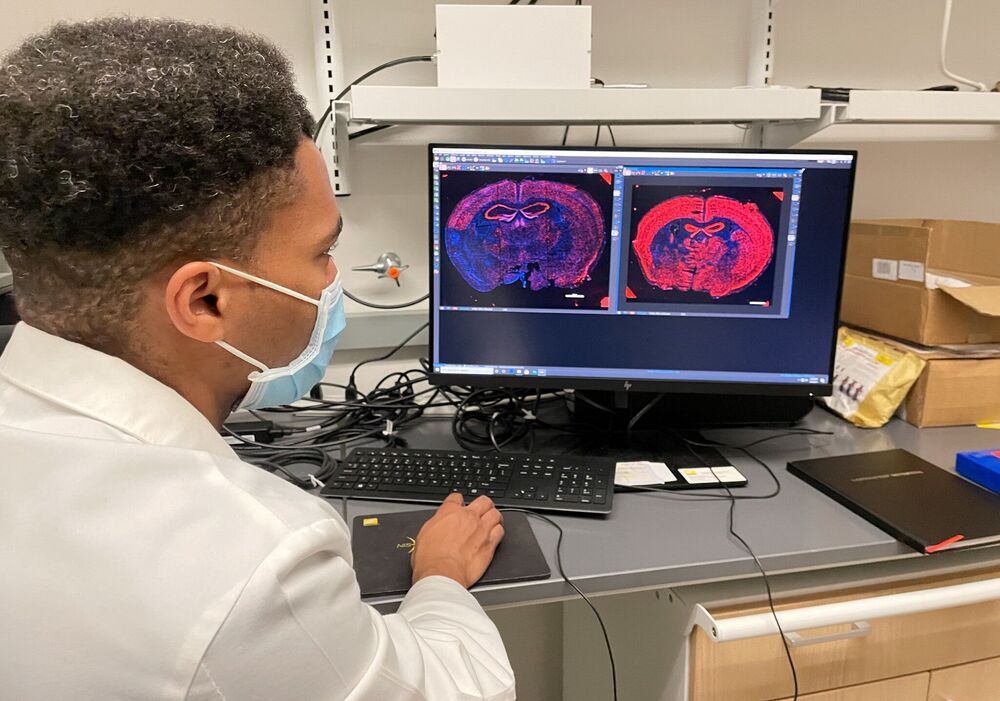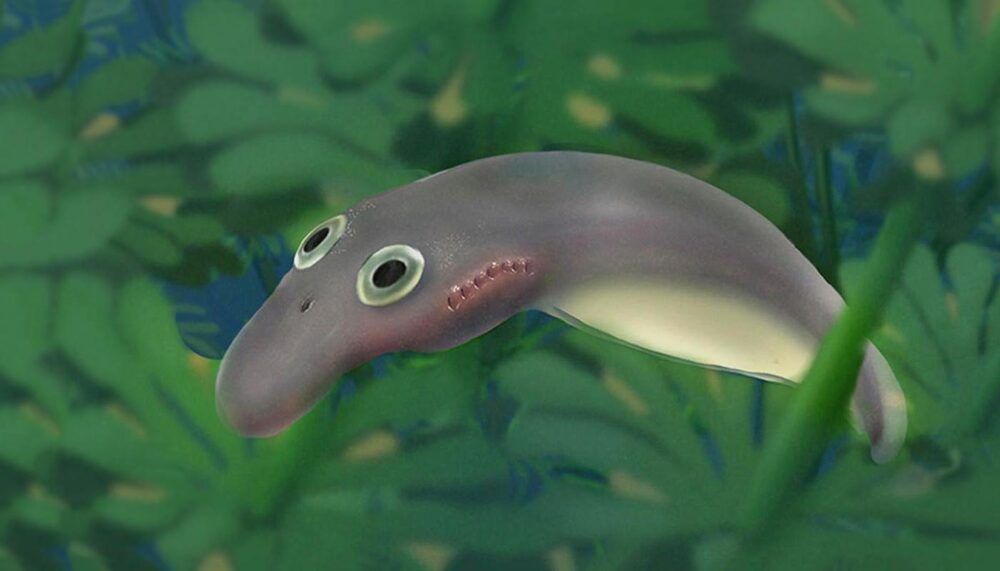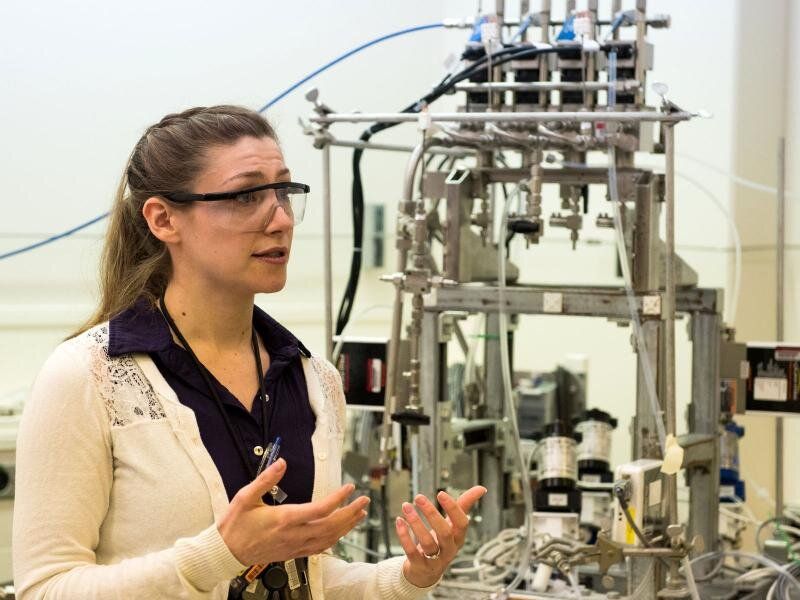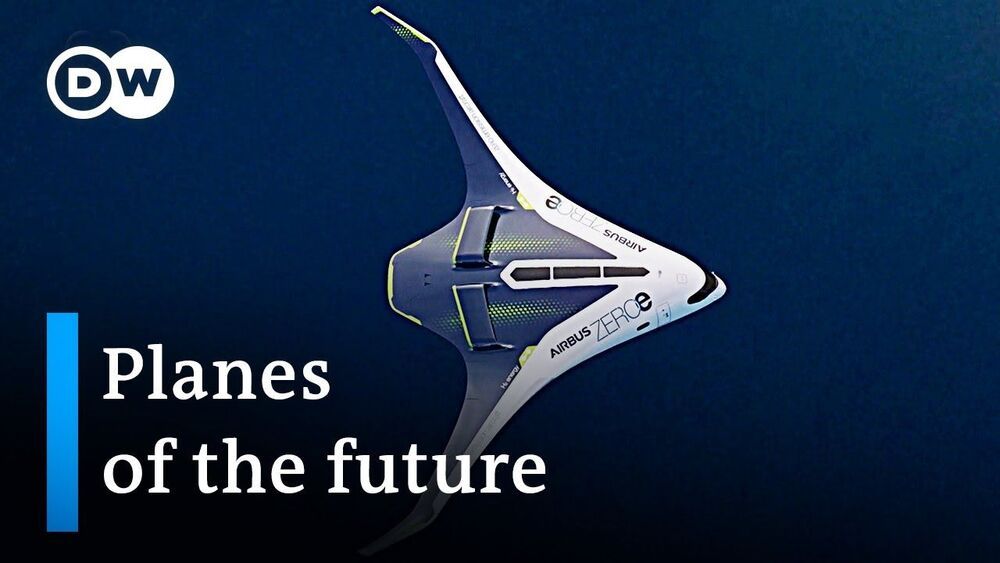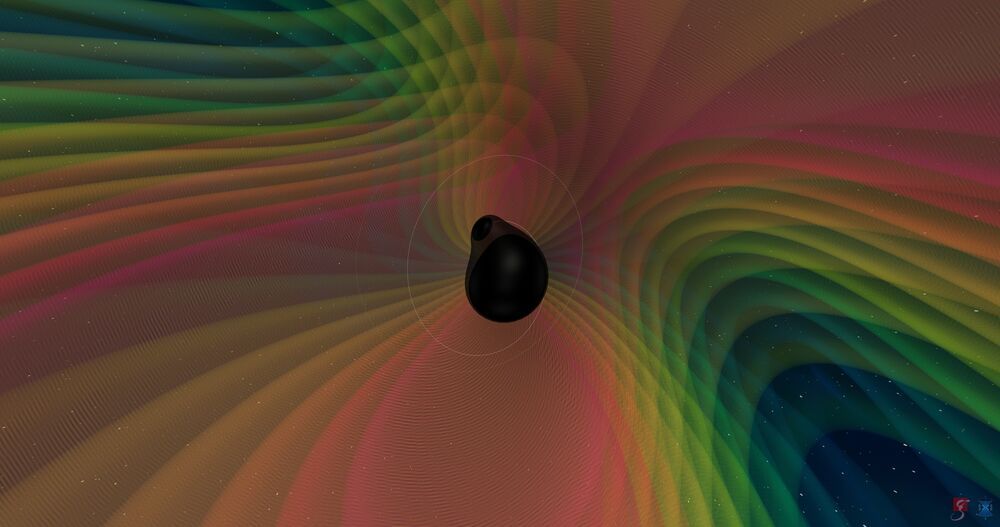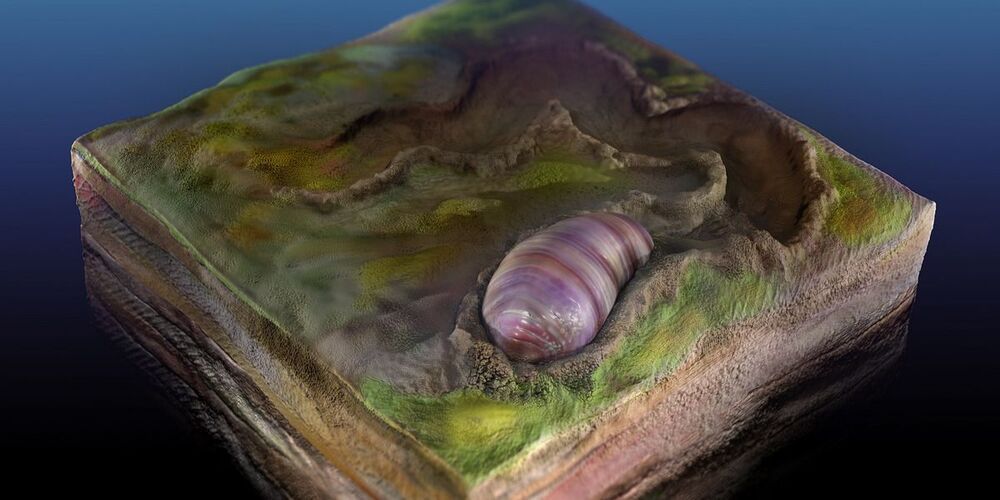Mar 20, 2021
Chromatic light particle effect revealed for the development of photonic quantum networks
Posted by Quinn Sena in categories: computing, particle physics, quantum physics
It’s another step on the road to developing quantum information processing applications: A key experiment succeeded in going beyond the previously defined limits for photon applications. Anahita Khodadad Kashi and Prof. Dr. Michael Kues from the Institute of Photonics and the Cluster of Excellence PhoenixD at Leibniz University Hannover (Germany) have demonstrated a novel interference effect. The scientists have thus shown that new color-coded photonic networks can be tapped, and the number of photons involved can be scaled. “This discovery could enable new benchmarks in quantum communication, computational operations of quantum computers as well as quantum measurement techniques and is feasible with existing optical telecommunication infrastructure,” says Kues.
The decisive experiment was successfully performed in the newly established Quantum Photonics Laboratory (QPL) of the Institute of Photonics and the Hannover Centre for Optical Technologies at Leibniz University Hannover. Anahita Khodadad Kashi succeeded in quantum-mechanically interfering independently generated pure photons with different colors, i.e., frequencies. Khodadad Kashi detected a so-called Hong-Ou-Mandel effect.
Hong-Ou-Mandel interference is a fundamental effect of quantum optics that forms the basis for many quantum information processing applications—from quantum computing to quantum metrology. The effect describes how two photons behave when they collide on a spatial beam splitter and explains the phenomenon of quantum mechanical interference.

